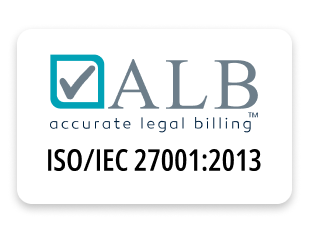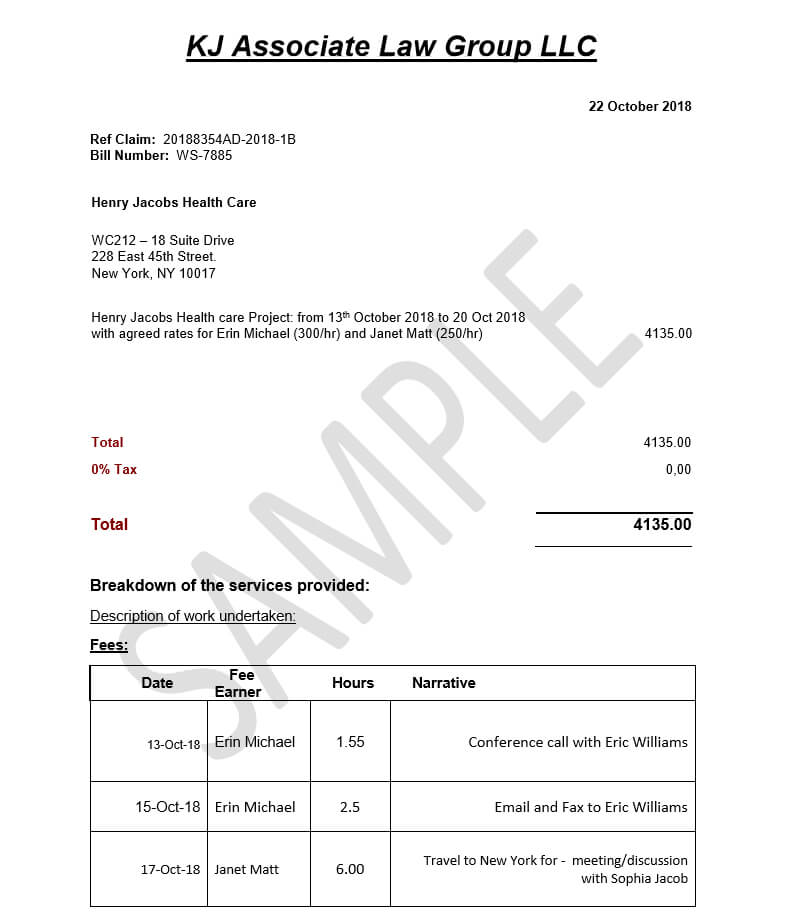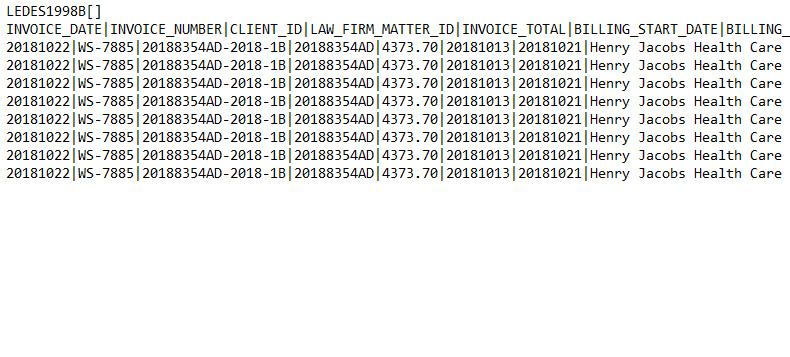.jpg)
The Five Ws of Implementing Technology in Law Firms
The implementation of anything new: be it new software or a different process to enhance existing software is bound to be pretty challenging (heck, have you ever tried installing a new printer?). They always say, “Change is the only constant,” but this does not overrule the fact that changes are rather difficult to deal with, no matter how big or small. The law firm setting, rooted in tradition and an apprentice system that tends to pass work methods through generations can be a particularly difficult environment to change. Irrespective of whether you run a solo practice or have hundreds of lawyers working with you, the implementation of something new should ideally be a carefully planned and executed procedure. To help you with this, we present to you a tried and tested method we are sure most of you have heard of during your grammar school days, the five W’s.
Let us explore each W and learn how to successfully implement new technology and changes in law firms:
1. THE ‘WHO’
The core of any change is not the tool or process, but the people involved. The identification of these people who are responsible for and involved in specific changes is critical. The people involved in implementing a change may include the share stakeholder, the primary users, the people asking for the software and the people who have the best understanding of what a successful implementation looks like. The next step is finding champions for the new system. Champions are firm leaders or respected individuals that will lend their credibility to the new system or process. Following this, perform an analysis of downstream impacts. Often systems have impacts beyond what is immediately apparent and successful implementation will include these individuals (avoid a whack-a-mole situation wherein solving one problem creates another). For smaller practices, this list may be short, but it is still important to analyze who will be involved and impacted (outside billing services? Part-time staff?). The Who list may grow as the project develops, but starting with a people-first approach will help focus efforts, leading to a successful implementation.
2. THE ‘WHAT’
Software and process change can come into firms in many ways. Maybe a senior lawyer sees something that looks like it could improve her practice and makes a request to implement the tool. Maybe the software the firm has been using is no longer being supported by a vendor. No matter, understanding what the firm is implementing and what the purpose helps drive the narrative and the implementation process. Firms have many choices when it comes to firm and billing management tools. Functionality is an obvious and critical “what” element: What will this system do for our firm? What features distinguish this tool from the others? What can I expect from this tool? Firms should also ask what support the vendor is willing and able to provide. Firms should work directly with vendors who have the expertise and experience with implementing their tool or system. For instance, Accurate Legal Billing Inc (ALB), has a dedicated team of professionals that can help you implement our billing management tool and can help make the system work for your firm, on your schedule.
3. THE ‘WHERE’
As a firm evaluates a new tool, it must consider how this new system will fit into the existing portfolio of systems currently in place. Where does the firm keep its information currently? In billing, timekeeping, payment, invoicing, document management, human resources, training, or other systems? Where does this new tool fit? Where are there dependencies that must be handled before this system can be implemented? Increasingly, comprehensive tools like ALB are replacing lots of older systems each of which may have handled a discrete task. Where can you save time and energy maintaining numerous systems that can be streamlined into fewer, maybe even one system? Where are the users? Do users work remotely? Does your firm have multiple offices that need to be connected? The Accurate Legal Billing software has been designed for law firms by tech-professionals who have years of experience working with lawyers. As it is a cloud-based system, the geographic where is not as critical as determining where this tool fits into your technology portfolio. Utilizing ALB’s implementation professionals can help your firm solve the ‘where’ issues at your firm.
4. THE 'WHEN'
Developing a timeline for implementation and sticking to it can make or break a project. Tech-projects without a clear timeline can carry on for much longer than necessary. The result can be lack of adoption, frustration, wasted time and energy. Develop a timeline that is reasonable, takes into account all the ‘Whos’ and keep in mind all of the ‘Whats’. The professionals at Accurate Legal Billing Inc have tremendous experience working with law firms of different sizes, so we can help your firm manage implementation and set your firm up for immediate success. Nothing inspires confidence more than a project delivered on time and within budget. Setting an appropriate timeline plan will help your firm achieve the goals you started with when you began looking for new systems.
5. THE ‘WHY’
The fifth W can be the driving force of any project, driving the effort forward. Understanding the scope and goals of the project and clearly outlining why implementing the system or change is important will help keep the project on track. New systems can be overwhelming. Setting the scope, deciding which features to choose and options to include, keeping stakeholders engaged and meeting their needs, retiring whichever system existed before the new technology was adopted, etc. requires guiding principles that will keep the team focused on achieving what they set out to achieve. Clearly defining the ‘why’ from the beginning of the project will guide these decisions.
The high-level ‘why’ is of course critical, but for project managers, understanding the ‘why’ from each individual group is similarly important. If your firm has multiple stakeholders from different departments, carefully consider the ‘why’ for each one of them. This will help avoid procuring a system or making implementation decisions that will result in a tool overly focused on certain groups that neglects others. At Accurate Legal Billing Inc, we have the resources that your firm needs to implement a billing management tool that respects the needs of many constituent users. Helping to lead your project, the ALB team can guide you to communicate with each group, gather the whys, and keep these sub-goals in mind as you work – the proven recipe for success.
Making the decision to implement new technology can be a big one and should not be taken lightly. Armed with the right plan, implementation can help your firm achieve new levels of success. ALB can help your firm as a leader in law firm billing technology, but also as a team of implementation experts who are experienced working with firms like yours. Despite the challenge of implementing new technology, asking the 5 ‘W’s’ can help identify all the ways a new tool, like ALB, can serve to help your firm grow and succeed for your clients.
At ALB, Our Mission is to help law firms across the world improve their cash flow, billing efficiency and increase their profit margin by providing them with a cloud-based legal billing software that ensures that the firm’s invoices are always 100% compliant with clients’ billing guidelines.
For details regarding our features, click here.
To schedule a demo with us, click here.

.png)



